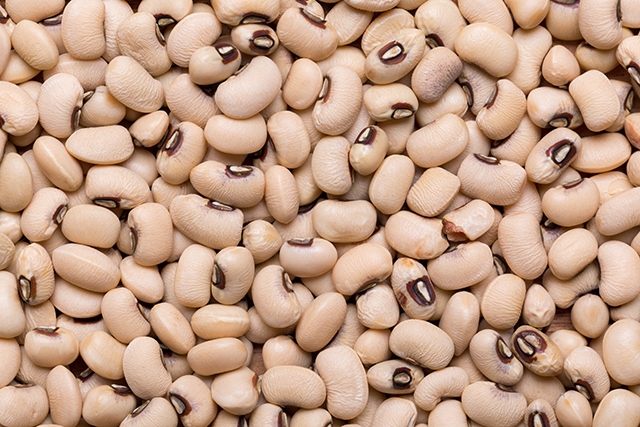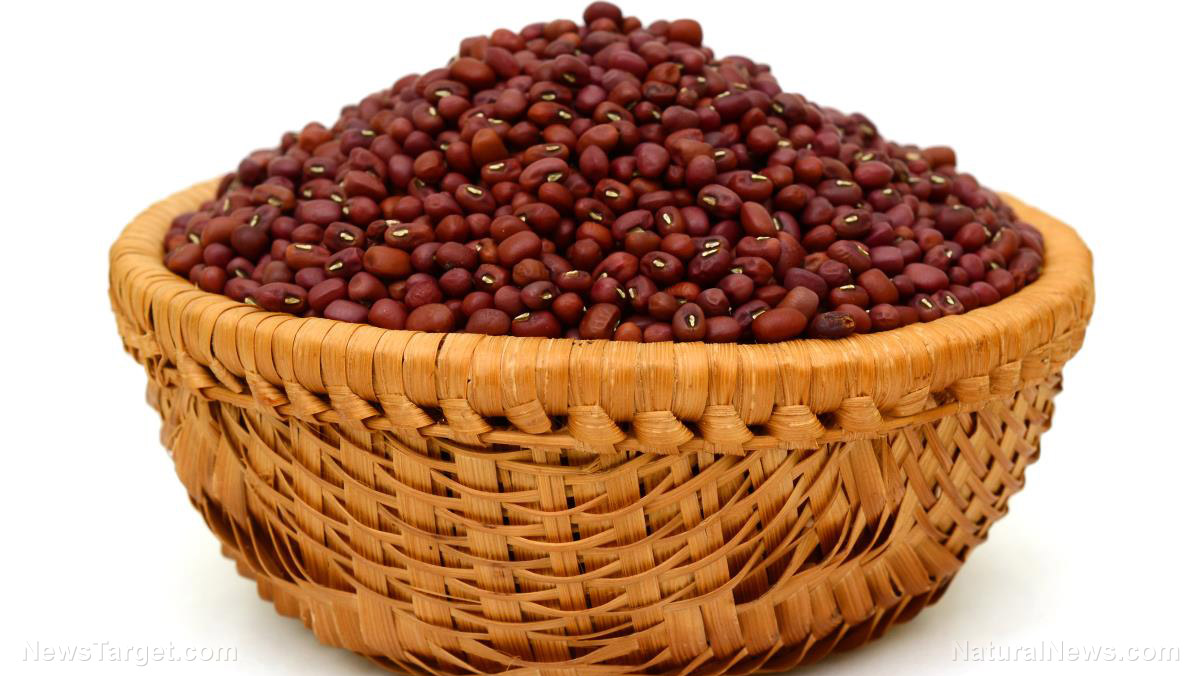
Vegetables are great if you’re trying to limit their calorie intake, but these present a problem when SHTF and you’re limited to what you can grow in your backyard.
A survival diet should provide enough calories so that you’d have enough energy after disaster hits. To stay healthy, men need 2,500 calories a day on average while women need 2,000 calories on average.
When it comes to calories, grains are one of the best plant-based sources of them. That said, they take a lot of room to grow, which means they’re not feasible for survival gardening.
Fortunately, there are high-calorie vegetables that can help you get the necessary calories that you need. Get to know them below. (h/t to AskAPrepper.com)
Root vegetables
Root vegetables have some of the highest calorie contents of all vegetables. These foods are rich in carbohydrates, which are a good source of calories. In fact, a recent study found that most Americans get their carbohydrates from potatoes – a root vegetable that’s considered the side dish of choice of most Americans.
Take note that potatoes are not very nutrient-dense. As such, you will need to eat other vegetables to get the other nutrients your body needs.
Here’s the calorie content of potatoes and other root vegetables:
- Whole potatoes: 250 to 212 calories (cal) per cup
- Mashed sweet potatoes: 249 cal
- Taro root: 187 cal
- Parsnips: 100 cal
- Carrots: 52 cal
- Turnips: 36 cal
The best time for planting varies from one crop to another. For example, potatoes usually grow best during the colder seasons while sweet potatoes thrive in warmer months.
It’s best to plant them in a garden bed as most root vegetables require direct seeding to grow strong roots. Space the seeds properly to minimize the need for removing plants that are growing too close to each other.
Beans
Many preppers stockpile beans as they are excellent sources of protein. That said, beans are great sources of calories. In addition, they’re easy to grow and have a lot of varieties to diversify your palate. They can also be consumed fresh or dried.
Beans that are rich in calories include:
- Pinto beans: 341 cal per cup
- Black beans: 340 cal
- Chickpeas: 286 cal
- Soybeans: 254 cal
- Lentils: 230 cal
- Lima beans: 209 cal
- Peas: 144 cal
Planting beans is easy compared to other garden vegetables. However, they’re prone to disease and can go bad quickly if you don’t harvest them on time.
Before planting any variety of beans, make sure the frost has passed and the soil isn’t cold anymore. You can also start indoors and transplant them in the garden on the planting date. You can use dried beans as seeds but these will only work if they’ve reached maturity.
Squash
While squashes are not packed with as many calories as root vegetables and beans, they compensate for that with their size. For example, zucchini and pumpkin grow huge once they’re ripe, and they can become even bigger if you harvest them later. That means you can get several servings for each crop.
Here are the amounts of calories you get from different varieties of squash:
The best time to grow zucchini is during the summer while other varieties thrive during winter. You can plant squash directly in the garden or you can start indoors using peat pots. For the latter, however, you have to start three to four weeks before the planting date and then transplant them when that day arrives. Make sure the frost is gone before putting them in the ground. (Related: Home gardening tips for preppers: Get rid of squash beetles with this item from your pantry.)
Staying alive when SHTF will be challenging. On top of the external threats you will face, you also have to contend with disease risk and food shortages. With this in mind, knowing which foods to eat and how to plant them will be an important part of surviving when SHTF.
Read more about high-calorie vegetables and how to plant them at HomeGardeningNews.com.
Sources include:
Please contact us for more information.




















